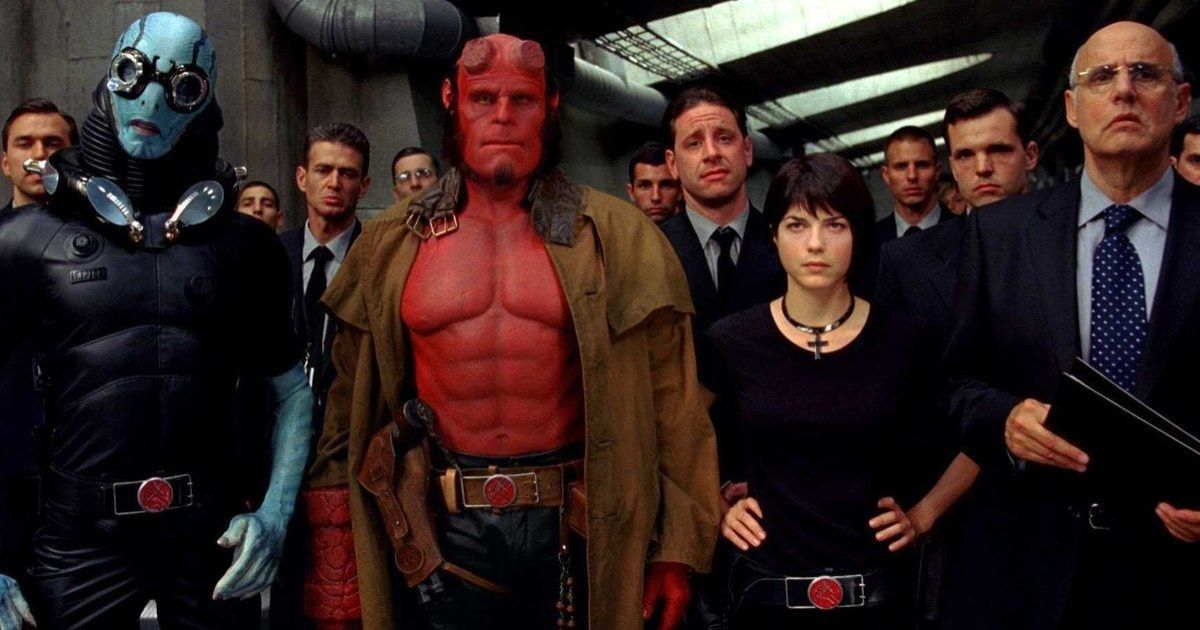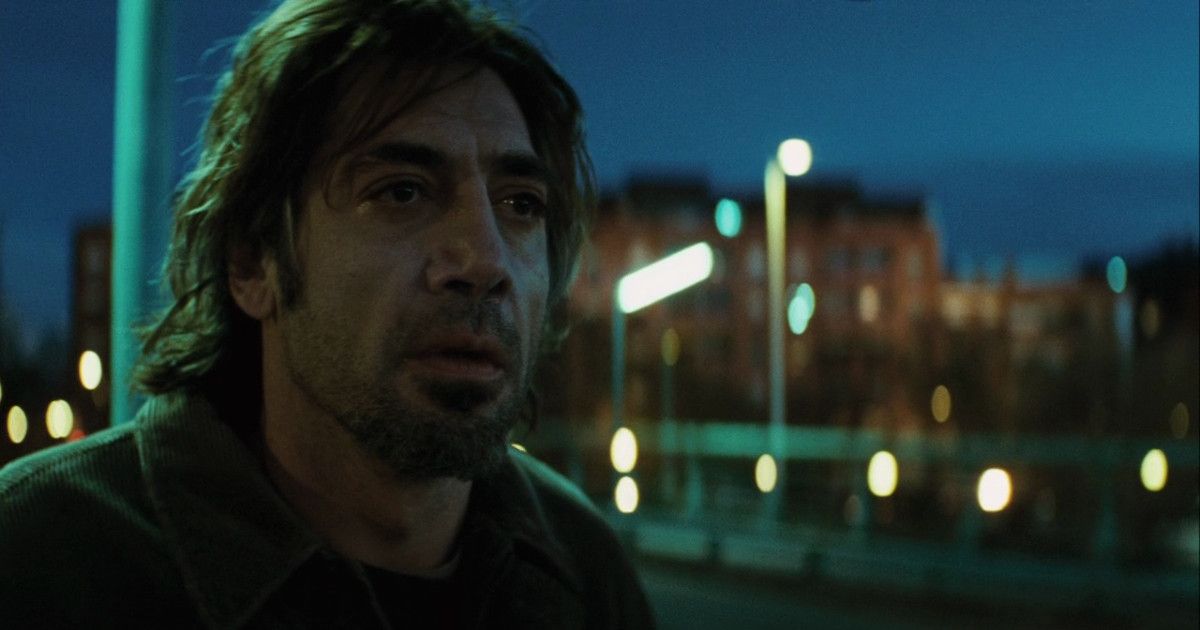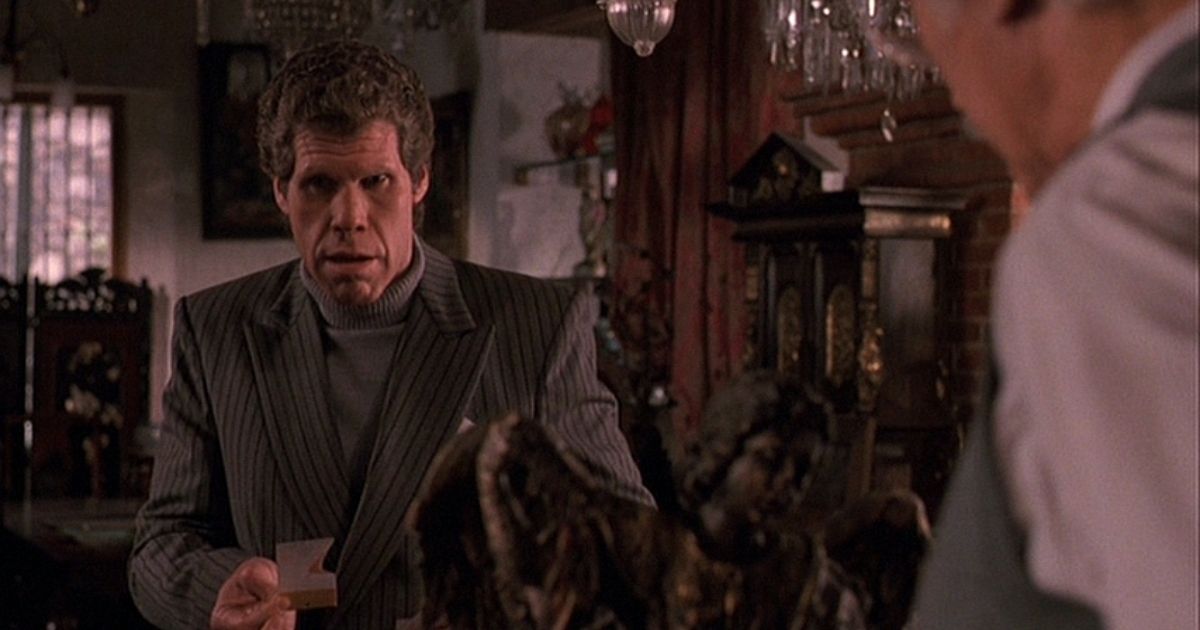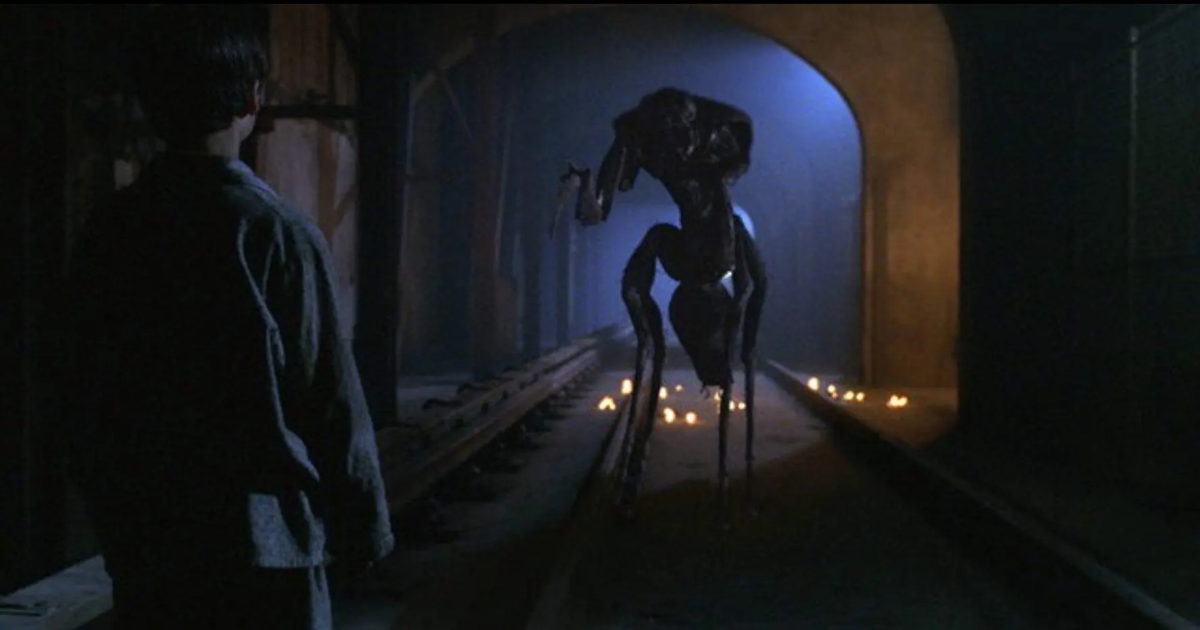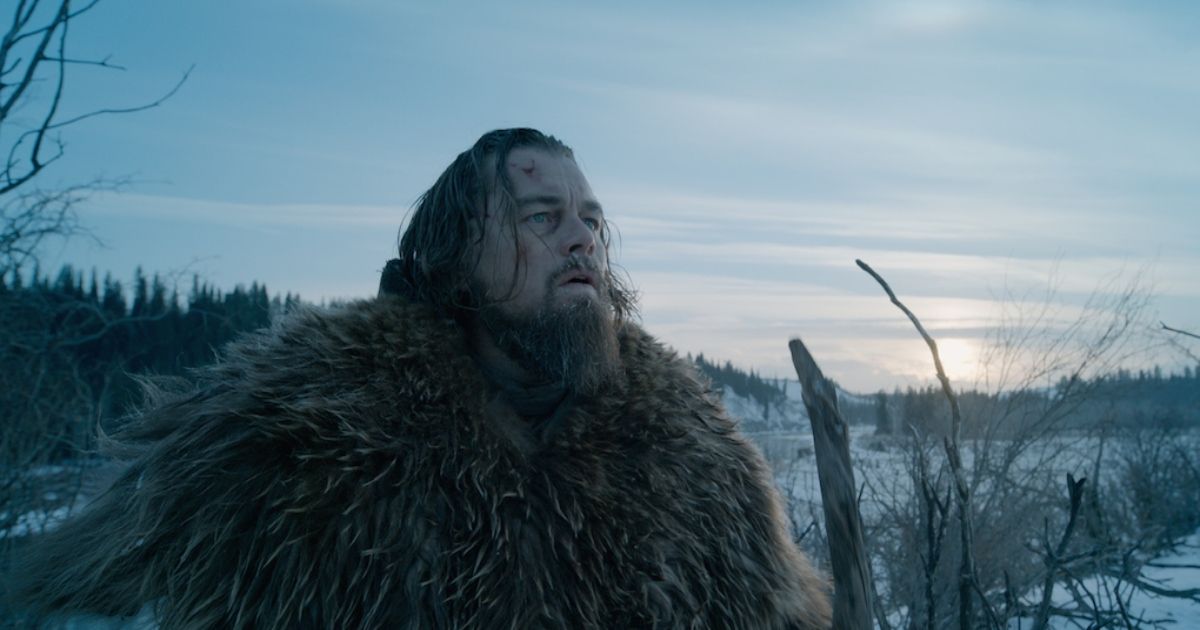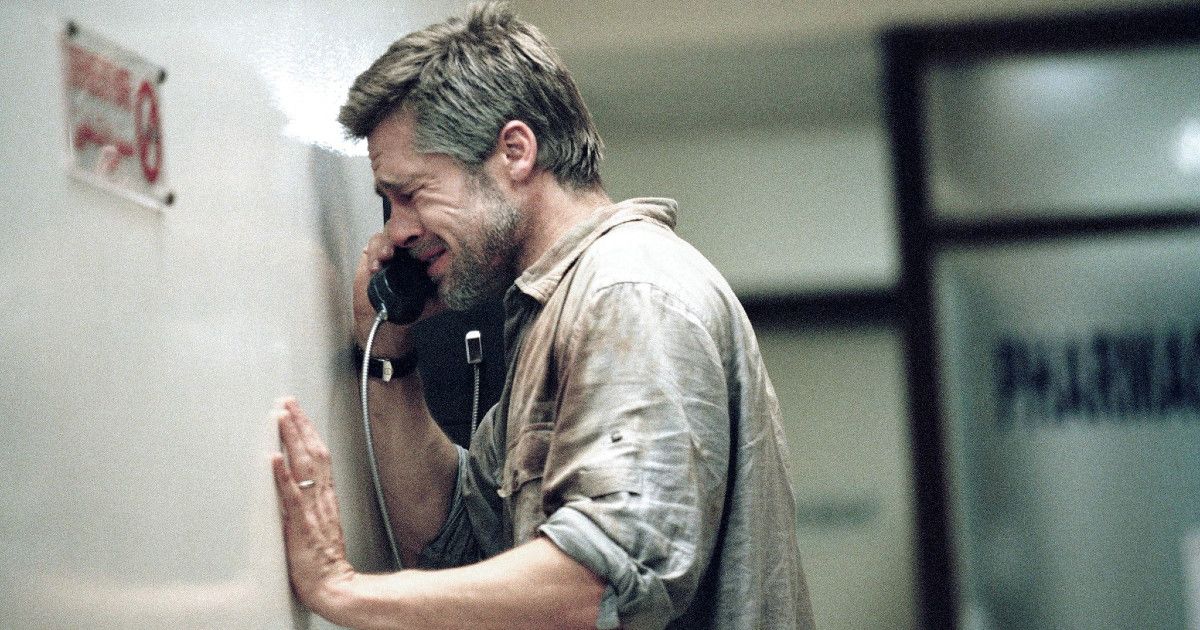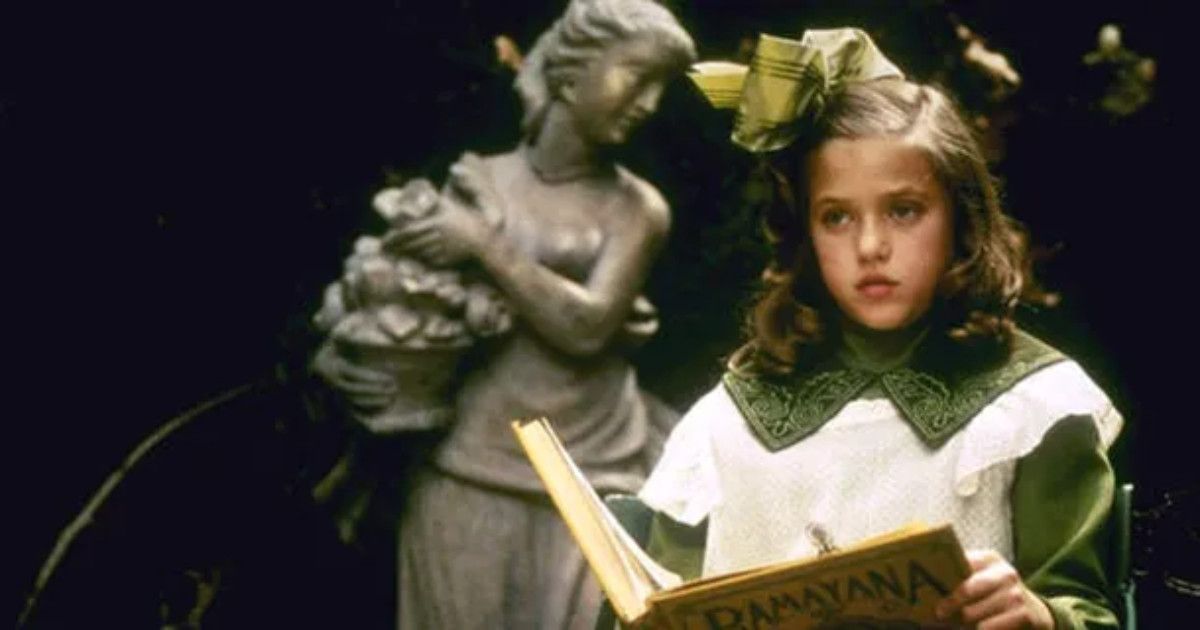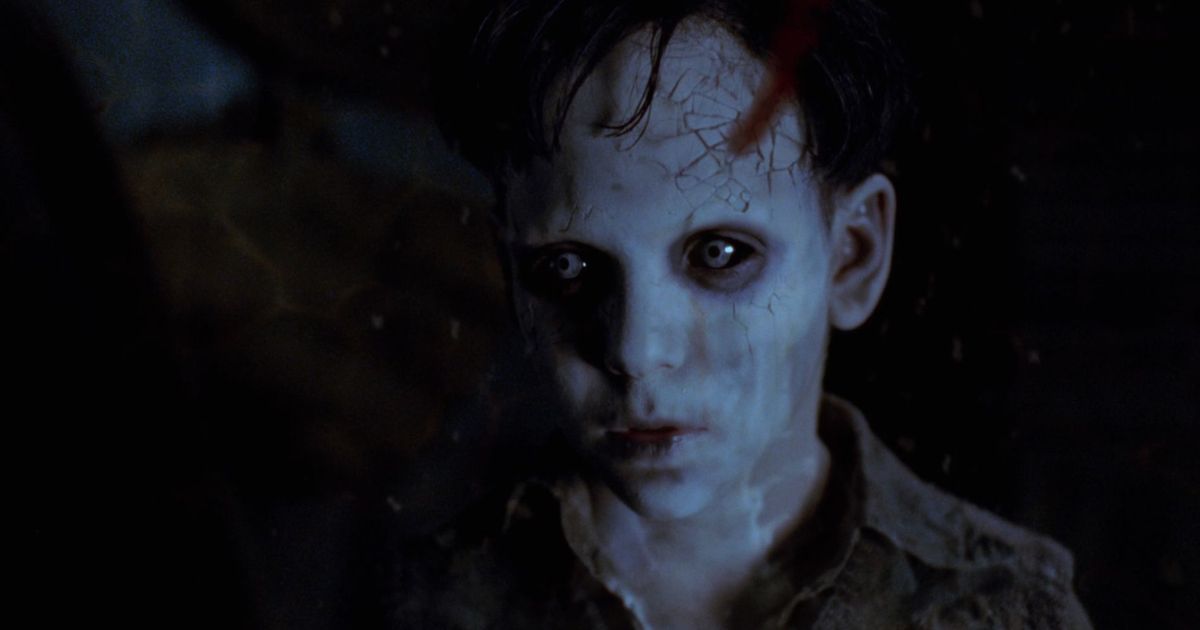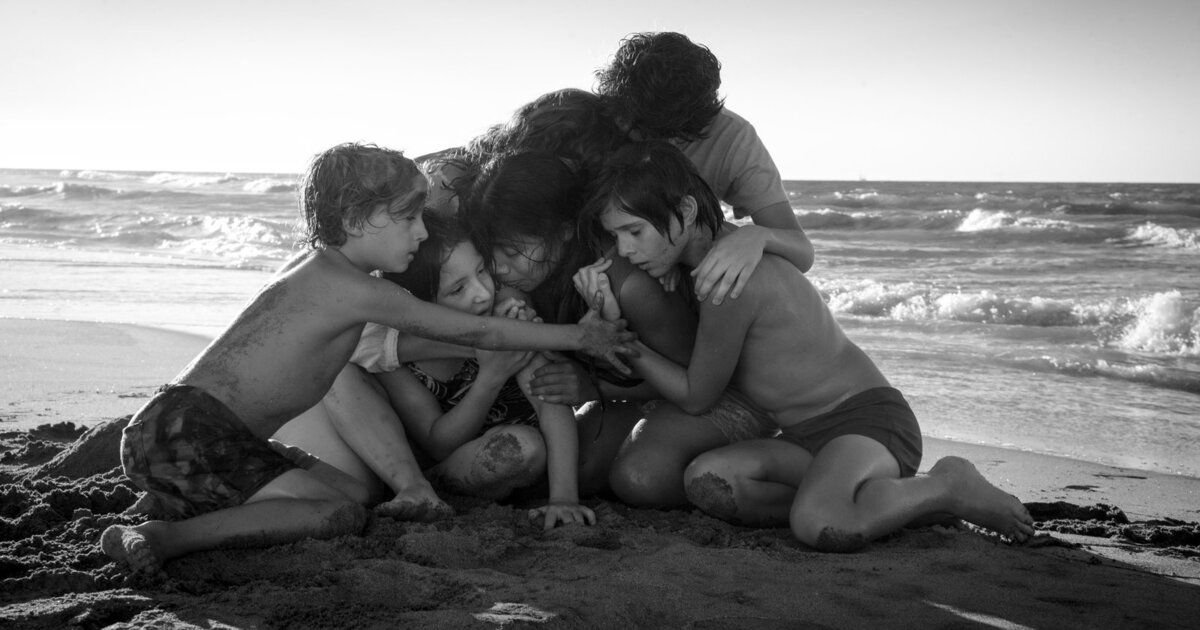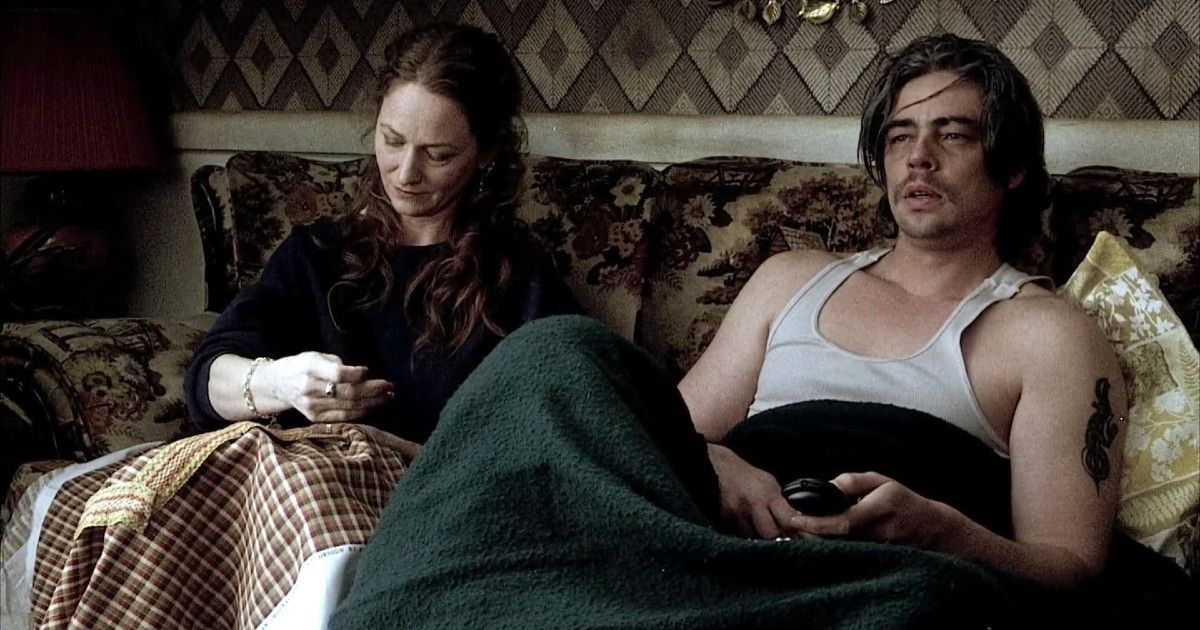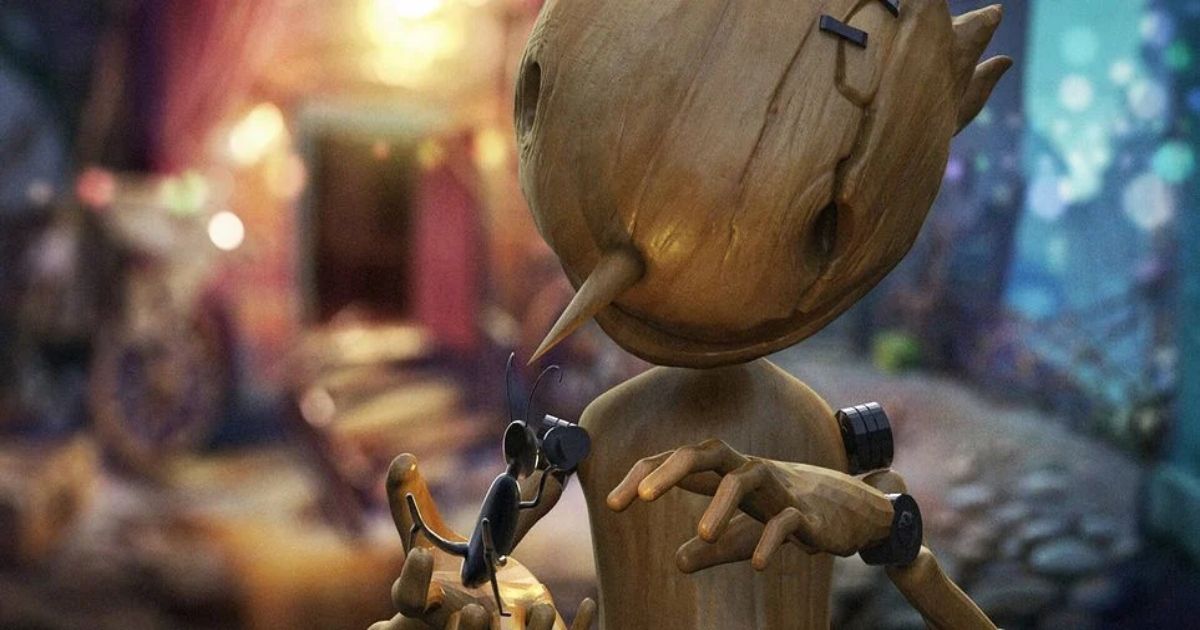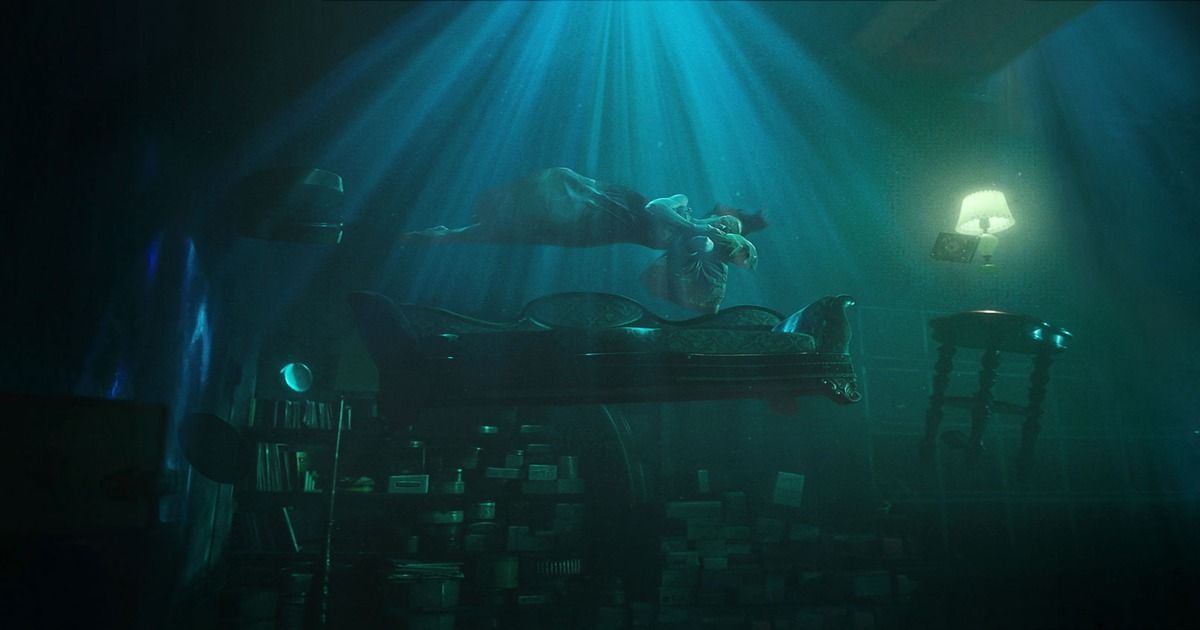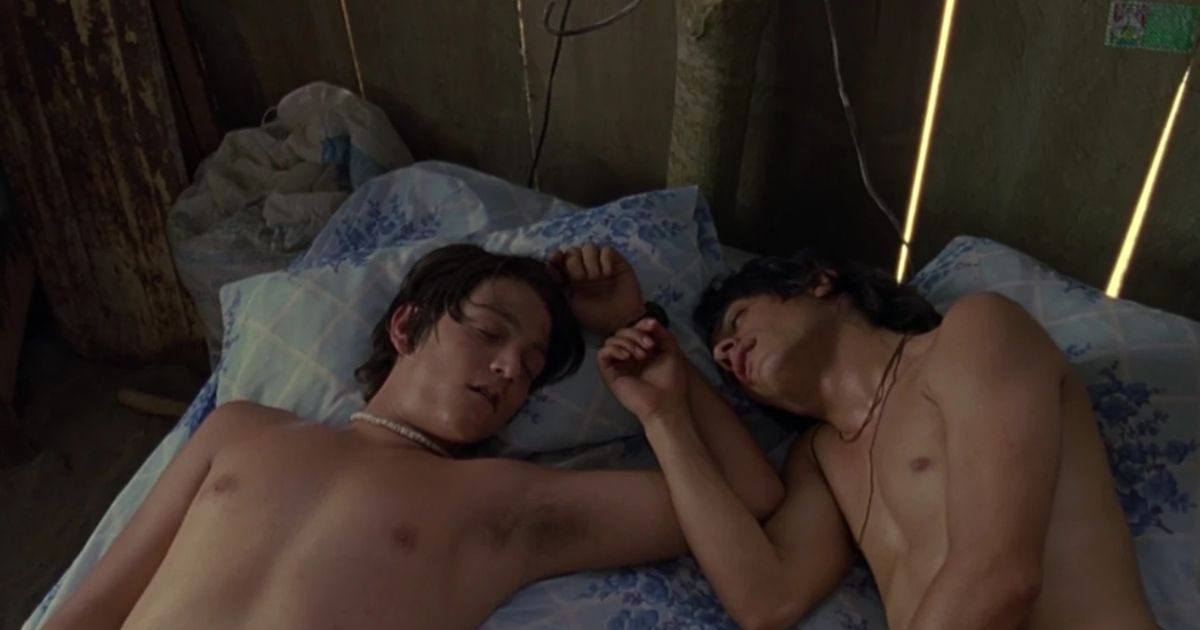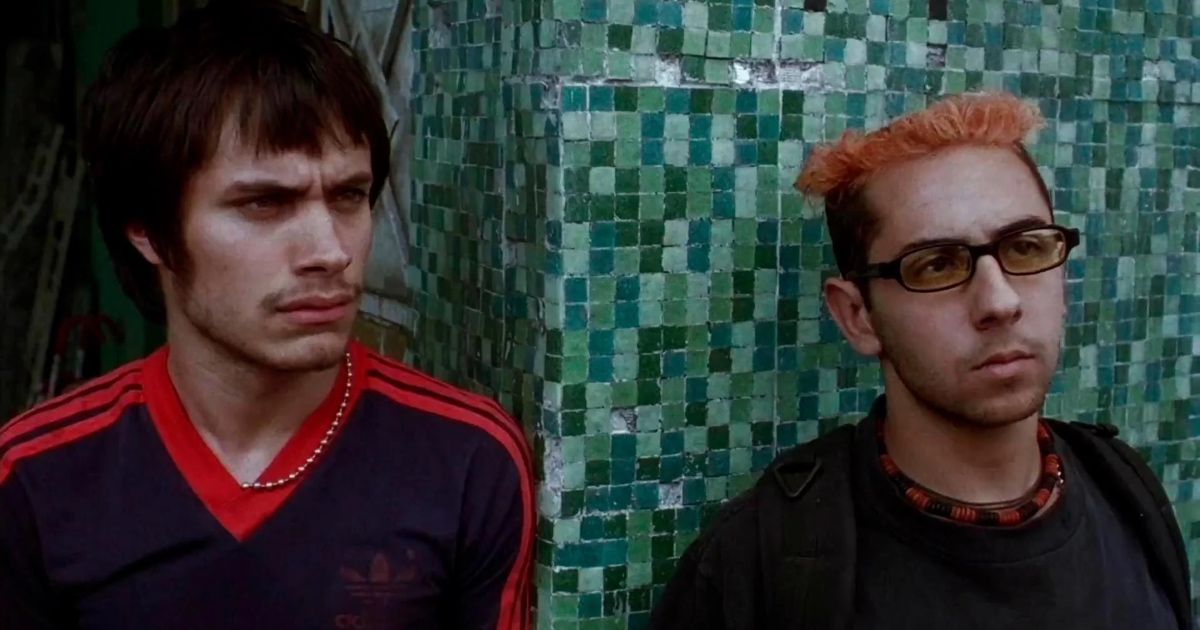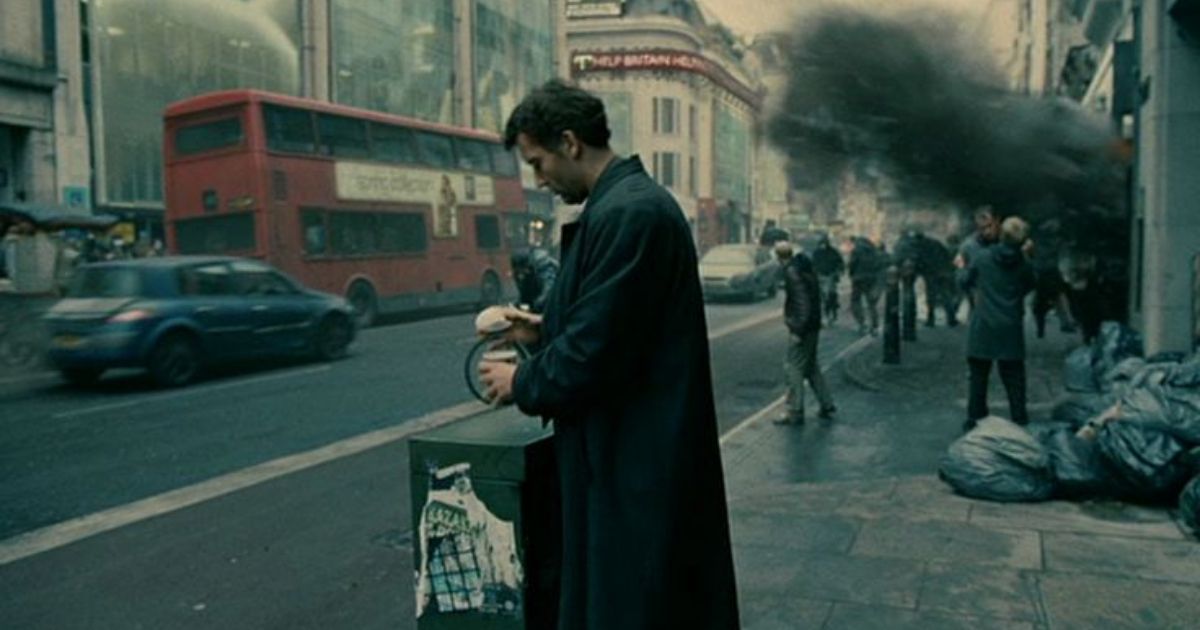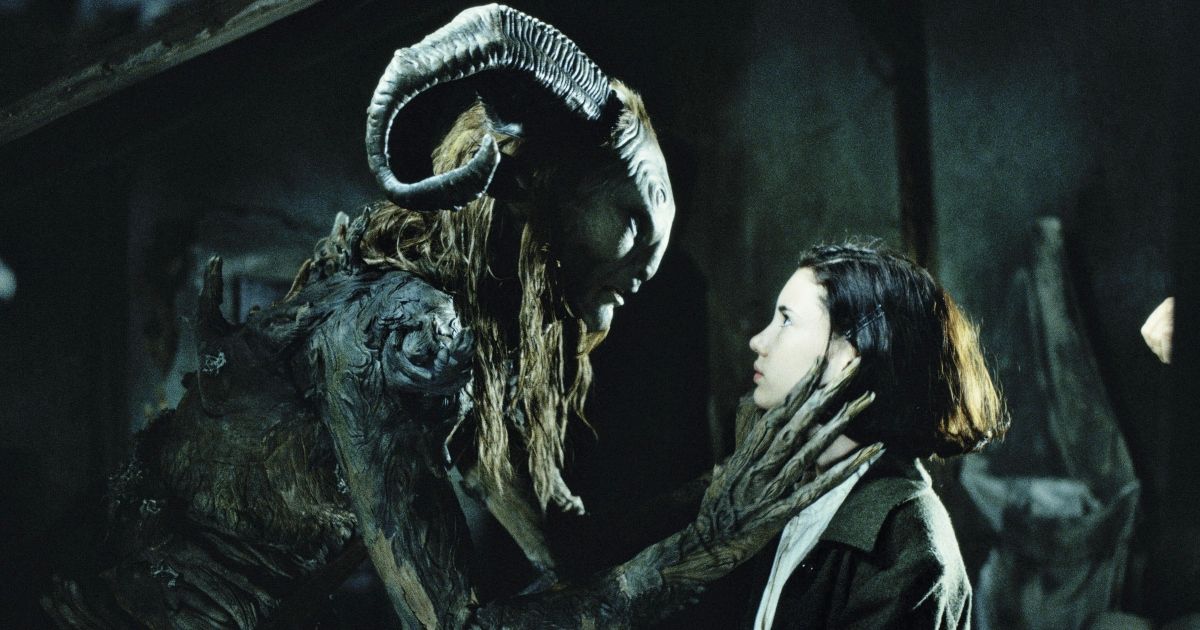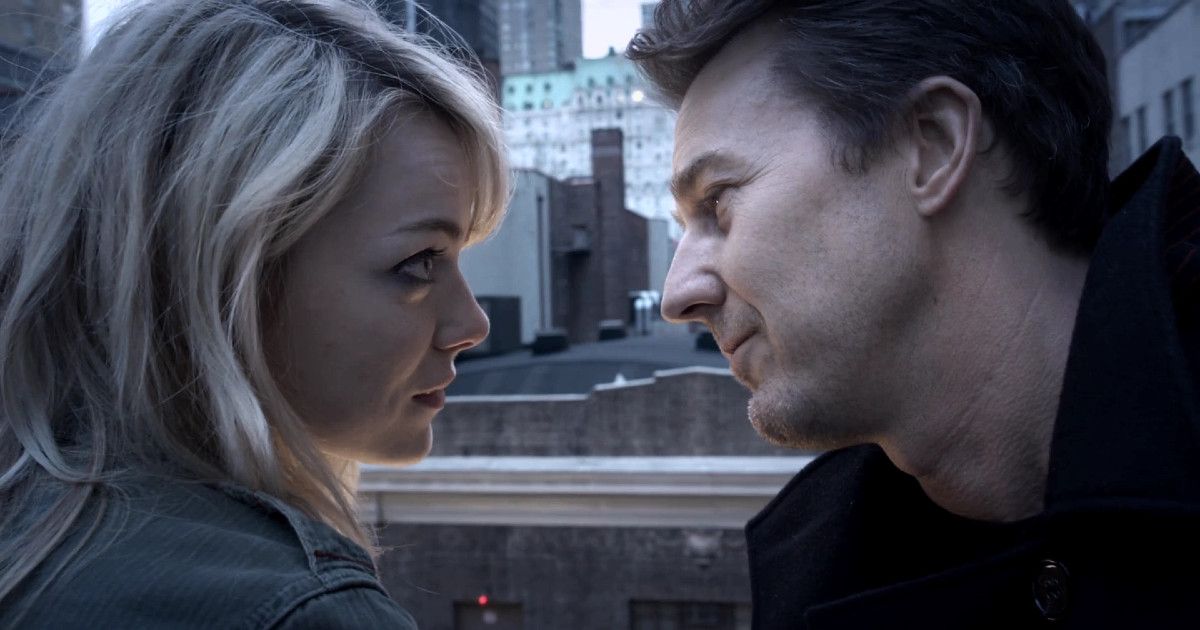Although you may not be familiar with the Three Amigos of Cinema moniker with regard to film directors, there’s no doubt you know at least one, if not more of the members: Alejandro Gonzales Iñárritu, Guillermo del Toro, and Alfonso Cuarón. These three are the biggest names regarding Mexican directors of the twenty-first century, picking up the collective Three Amigos name by pundits along the way.
Combined, these three have been nominated six times for Best Director at the Academy Awards: three for Iñárritu, two for Cuarón, and one for del Toro. And of those six, they’ve only come up short once. Pretty impressive numbers. But without further ado, these are the twenty best films from The Three Amigos of Cinema, ranked.
20 Nightmare Alley
Kicking off the list is among the more recent offerings, Nightmare Alley (2021) by Guillermo del Toro. Its plot follows a carnival worker named Stan Carlisle — portrayed by famous American actor Bradley Cooper — who deals with the mysteries of his past while in tandem attempting to get ahead in his chosen career path. It’s a premise only someone like del Toro could’ve tackled, as things take a quick twist with a fantastical approach that also bears heavy resemblances to the neo-noir subgenre.
And as a result, Nightmare Alley received four nominations at the 94th Academy Awards: Best Picture, Best Cinematography, Best Costume Design, and Best Production Design. It came up short across the board of nominations, but those numbers are of course impressive, nonetheless. Its positive response from critics renders it a clear pick for the list’s opening spot.
19 Hellboy
Many fans may be expecting Hellboy II: The Golden Army (2008) to appear on this list instead of the original, but Hellboy (2004) by Guillermo del Toro remains the best of the franchise with visual effects that hold up wonderfully today. The script is well-written, too, as it’s bound to make you laugh while also keeping your attention thanks to the integrity of its structure.
Hellboy is perfectly paced, in other words, with del Toro’s script being seen into complete fruition thanks to his direction in tandem with convincing performances from its cast: Ron Perlman (in the titular role) and Selma Blair, for example. But what’s most prominently worth writing home about regarding Hellboy would have to be its impressive visuals. It’s a truly beautiful film with stylistic intrigue around every corner of production, and it remains one of the best-looking superhero films ever made.
18 Biutiful
Directed by Alejandro Gonzales Iñárritu, this was nominated for Best Foreign Language Film at the Academy Awards despite somewhat middling reviews from critics. Sure, it came up short in the end, but a simple nod at the Oscars is feat worth writing home about. In fact, Iñárritu has received a nomination at the Academy Awards for every film throughout his career, save for one: Bardo, False Chronicle of a Handful of Truths (2022). That was his most recent film. It didn’t just come up short at the Academy Awards, but also for this list.
However, Biutiful (2010) lands at number eighteen, with an emotional plot about a single father living with his daughter and his son in run down Barcelonian apartment. Javier Bardem portrays the protagonist to perfection, even receiving a Best Actor nomination at the Academy Awards for his efforts as Uxbal. And although the plot nearly falls apart toward the end, it still hits home overall.
17 Cronos
The directorial debut of Guillermo del Toro falls into his most frequently used genre: horror. And following an antique dealer named Jesus who stumbles upon a 400-year-old scarab of immortality, Cronos (1993) remains among his best to this day. Federico Luppi — a now-frequent collaborator of del Toro’s — stars as Jesus, while another actor among del Toro’s stable in Ron Perlman makes an appearance.
He plays Angel de la Guardia, the nephew of a dying old man who is sent by his uncle to retrieve the scarab of which Jesus is in possession. It’s a story that unfolds in particularly frightening fashion, resonating fondly with fans and critics alike. And again, it still holds up today.
16 Mimic
In Guillermo del Toro’s sophomore outing, he ventured once again into the realm of horror films. Except, with Mimic (1997), he blended clear elements of science fiction to create a product that slightly edges out his previous release in terms of overall quality. Its premise isn’t quite as intriguing, as a plague spread by cockroaches infects the childhood population of New York City that’s in turn combated by a human-induced species of bug.
The scientists didn’t expect the enemy bugs to transform over time, though. This result is quite the thrill that failed to resonate with critics as fondly as other del Toro outings despite featuring all the alluring qualities thereof. Sure, Mimic isn’t his best film. But it’s also far from his worst, landing here at number sixteen.
15 Harry Potter and the Prisoner of Azkaban
While del Toro was making superhero films based on DC Comic Book characters of the same name, Alfonso Cuarón spent some time in the Wizarding World throughout the mid-2000s. Of course, Harry Potter and the Prisoner of Azkaban (2004) is within one of the most famous franchises in film history, and that popularity is undeniable whether the series name puts a stale taste in your mouth, or not.
This is arguably the best adaptation of Rowling’s many novels, albeit several plot lines remained untouched — looking mostly at you, Quidditch. Fans often cite Prisoner as their favorite movie of the franchise, and with very good reason. It’s beautiful from frame to frame, being captured by a truly gifted cameraman in Michael Seresin. But it’s also a solid story, of course, with a mysterious and thrilling plot that should without a doubt make the list.
14 The Revenant
If this list were ranked by amount of accolades accrued at the Academy Awards, The Revenant (2015) from Alejandro Gonzales Iñárritu would rank much higher than number fourteen. It picked up three wins out of twelve total nominations, and among those wins was one for Best Director. And what’s more is that Iñárritu reached the same accomplishment in the year prior with a film that appears later on the list, becoming one of three filmmakers in history to win consecutive Best Directors at the Oscars. Pretty impressive.
The other wins were for Best Cinematography and Best Actor, the former for Emmanuel Lubeski, the latter for Leonardo DiCaprio. Many film fans felt that DiCaprio’s recognition from the Academy was long overdue, and that he probably deserved the award for a previous performance in his career opposed to this role as Hugh Glass. It was a great effort in the end though, and perhaps even stood out as the film’s highlight amid engrossing camerawork and beautiful set pieces.
13 Babel
The first of Alexandro Gonzales Iñárritu’s “Trilogy of Death” to appear on the list is the final entry thereof, Babel (2006). Each project in this spiritual trilogy features intertwining and nonlinear narratives — so, not only are you juggling multiple storylines, but also multiple timelines. And with Babel, four location-based stories are chronicled: one of locals in Morocco, another of tourists in Morocco, the next in the United States/Mexico, and the last one in Japan.
And the respective characters are portrayed by the likes of Brad Pitt, Cate Blanchett, Elle Fanning, and Michael Peña. But the most notable performers are Adrianna Barraza and Rinko Kikuchi, who were both nominated at the Academy Awards for Best Supporting Actress. And Iñárritu picked up a nod for Best Director — that will have become a trend by the time this list is complete. Babel doesn’t exactly stand out among Iñárritu’s filmography, nor does it stand out as the best entry of his Death Trilogy. But its quality is clear enough to warrant this spot at number thirteen.
12 A Little Princess
The critically acclaimed, sophomore feature film from Mexican filmmaker Alfonso Cuarón, A Little Princess (1995) is set amid World War I, as a girl in New York City goes through travails in her boarding school after her father dies in combat. It’s a gripping tale that put pundits of the industry on notice with regard to Cuarón and his future success as a filmmaker.
It even garnered two nominations at the 68th Academy Awards: the first for Best Cinematography, and the other for Best Art Direction. Both of those filmmaking aspects were on perfect display in A Little Princess, and they ultimately help land the project here at number twelve.
11 The Devil’s Backbone
A child who believes in ghosts somehow seems more innocent than those who don’t, like with Santa Claus. And in The Devil’s Backbone (2001), a Spanish-language horror film that chronicles lost childhood innocence, protagonist Carlos has every reason to believe in ghosts. Directed by Guillermo Del Toro — who wrote the script alongside David Muñoz and Antonio Trashorras — the film takes place in 1939 near the end of the Spanish Civil War. And from a popularity standpoint, this is among the more overlooked films on the list.
After arriving at an orphanage, Carlos sneaks out one night and has a frightening encounter with a ghost. It’s a thrilling tale from there that was met with widespread acclaim from critics upon release in the early 2000s. But again, audiences sort of threw this project to the wayside during its time in theaters, and its name value hasn’t exactly skyrocketed as of late. It’s best that changes immediately.
10 Roma
At the 91st Academy Awards, the film at hand by Alfonso Cuarón picked up ten total nominations — tied with Crouching Tiger, Hidden Dragon (2000) by Ang Lee as the most-nominated non-English language film — with three wins: Best Cinematography, Best Director, and Best Foreign Language Film. They were well warranted, too, as Roma (2018) goes down among the best films of Cuarón’s career. It follows a middle-class Mexican family’s housekeeper in what is commonly cited as a sort of auto-biographical story of Cuarón’s childhood in Mexico City.
And on top of the aforementioned accolades, Roma received widespread acclaim from critics, with many pundits of the industry considering it among the finest films from its decade. It truly shines in its careful camerawork and well-written script, and it undoubtedly deserves a place here at number ten.
9 21 Grams
In one of the great pieces from Alexandro Gonzales Iñárritu, he introduces you to each player of its interwoven storyline within the opening minutes, with tactics of editing matching the rapidity of the plot’s pace. Jump cuts are used all throughout the film, even in the opening scene. Considering those are typically used to induce a sense of anxiety or anticipation in the audience, it’s clear that Iñárritu wanted full attention from the start. Blink, and you might miss a key piece of information that will come into play down the line.
But its narrative is also nonlinear. So, on top of keeping up with the disparate storylines, you’re also forced to piece together the continuity of it all. And you’ll feel every urge to do so, as its gripping characters are portrayed by absolute powerhouse performers: Naomi Watts and Benicio Del Toro — both of whom received Academy Award nominations, for Best Actress and Best Supporting Actor, respectively — along with Sean Penn and Melissa Leo. They all perform to an absolute tee with Guillermo Arriaga’s script and under Iñárritu’s direction. 21 Grams (2003) is without a doubt top-ten material.
8 Guillermo del Toro’s Pinnochio
After releasing to widespread acclaim from audiences and critics alike, Guillermo del Toro’s Pinnochio (2022) went on to win the Academy Award for Best Animated Feature. These days, that’s a pretty esteemed title considering the number of films pumped out each year from massive animation studios such as Disney, Pixar, and DreamWorks. But the film at hand was distributed by Netflix, and it came into perfect fruition under del Toro’s direction.
The filmmaker once stated that he holds a deeper personal connection to Pinnochio than any other fictional character, and he had a few of his favorite collaborators featured herein such as Ron Perlman. Guillermo del Toro’s Pinnochio goes down as a high-quality, stylistic reimagining of the famous puppet’s story, and easily comes in among the best of the famous filmmaker’s work.
7 Gravity
What stands out so prominently regarding Gravity (2013) by Alfonso Cuarón would perhaps be its camerawork from Immanuel Lubezki. This isn’t the first time he appears on the list, and it won’t be the last, as he’s a frequent cinematographer for both Cuarón and Iñárritu. He’s known for his natural effects of lighting and stylistic long takes, and with Gravity, he picked up his first win at the Academy Awards for Best Cinematography.
He would win in the two following years as well, the second time for a film that appears later in the list, and the third time for The Revenant, becoming the first to do it in three consecutive years. But he’s far from the only notable name here in Gravity, as George Clooney and Sandra Bullock star as astronauts whose space shuttle explodes in orbit. And of course, Cuarón directed them all to a tee, landing Gravity in the end here at number seven.
6 The Shape of Water
This entry marks another fantasy tale from Guillermo Del Toro, this time set in America during the Cold War. Following its protagonist Elisa, a mute woman who works as a cleaner in a government laboratory, The Shape of Water (2017) quickly develops into a gripping tale about personal discovery, learning to live in isolation and even find love deep within.
Of course, this is all a result from her harboring feelings for a classified, scaled creature that she discovered in the laboratory. From there, it’s essentially a race against the government, and the result was widely acclaimed by critics and audiences alike. And it was an absolute mainstay at the 90th Academy Awards, winning four out of thirteen nominations. Among those victories were both Best Picture, and Best Director for del Toro. It without a doubt goes down among his all-time best.
5 Y tu mamá también
The film that put Alfonso Cuarón on the international map, Y tu mamá también (2001) follows two teenage boys who go on a road trip toward the end of the Institutionary Revolutionary Party’s reign of power in Mexico. And on the road trip, they’re joined by a woman in her twenties whose husband had recently cheated on her. It develops into a truly gripping tale that explores the human condition unlike few films on this list.
And that fact is showcased in many the accomplishments of Y tu mamá también. It received widespread acclaim from critics upon release, had a great showing at the worldwide box office — particularly thanks to its run in Mexican theaters — and it picked up a nomination for Best Original Screenplay at the 75th Academy Awards. Cuarón shared the nod with his brother, Carlos, who helped him pen the script after Alfonso released Great Expectations (1998). Needless to say, this was a much better outing.
4 Amores Perros
In his directorial debut, Alexandro Gonzales Iñárritu received a nomination for Best Foreign Language Film at the 73rd Academy Awards. And although he came up short that year to Ang Lee for Crouching Tiger, Hidden Dragon (2000), this debut is also notable for starting Iñárritu’s “Trilogy of Death” succeeded by 21 Grams and Babel. And even though it started things off, Amores Perros (2000) remains the best of the trilogy.
Its story is a triptych, three disparate storylines that are linked together by a single event: in this case, a car crash. And, for what it’s worth, this film most aptly lives up to the moniker of its trilogy: if you’re a dog lover, let this be your warning. This one can be hard to sit through at times, but those grueling sequences in tandem render Amores Perros an emotionally resonant project from start to finish. You’ll connect with these characters in no time, but you’d best not stay attached.
3 Children of Men
These top three entries mark the respective masterpieces of the Three Amigos. And for Alfonso Cuarón, his magnum opus is without a doubt Children of Men (2006). Set in a dystopian 2027, the film follows Clive Owen’s protagonist Theo Faran, a civil servant who assists a refugee named Kee — played by Clare-Hope Ashitey — escape the refoulment of the United Kingdom’s government.
The film features a fantastic cast on top of Owen and Ashitey, with Julianne Moore showing up along with Chiwetel Ejiofor and Michael Caine. They all performed brilliantly, and the script is well-written around every corner of its thrilling plot. But the most notable element of filmmaking with regard to Children of Men would have to be its masterful cinematography from Emmanuel Lubezki. His influential one-shot sequences truly stand the test of time, and they help land the project as a whole here at number three.
2 Pan’s Labyrinth
Aside from established franchises and properties like Harry Potter and Pinnochio, Guillermo del Toro’s masterpiece Pan’s Labyrinth (2006) is perhaps the most famous film on the list. And justifiably so. The beauty of general art direction, the controlled chaos of a cameraman, the in-depth process of film makeup — there are few better displays of each of these facets of filmmaking from throughout the 2000s as a whole, regardless of director or region.
And those elements were fully recognized at the Academy Awards, picking up wins in all three categories while also garnering nominations for Best Original Score, Best Original Screenplay, and Best Foreign Language Film. All well-deserved. This is a truly alluring world that’s captured by careful camera movements, laborious efforts of makeup and costume design, thought-out color palettes, and the wonderful development of its characters. There’s a reason Pan’s Labyrinth is so widely revered, as it comes in at the penultimate spot.
1 Birdman
At the 87th Academy Awards, four of nine total nominations were won by Birdman or (The Unexpected Virtue of Ignorance) (2014). The first for Best Picture, another for Best Director, then for Best Original Screenplay, and the last for Best Cinematography. Each of those awards save for the one regarding camerawork were attributed to writer-director Alexandro Gonzales Iñárritu — his first win in all three categories. But for Best Cinematography, the award went to Emmanuel Lubezki. He’s among the greatest cinematographers to ever live, with this being the sixth movie on the list that he’s shot. And Birdman is easily his magnum opus.
Starring Michael Keaton, Zach Galifianakis, Emma Stone, and Edward Norton, it follows Keaton’s titular character as a washed-up actor attempting to adapt a Raymond Carver short story to the stage. And the whole thing is edited to seem as if the project was filmed in a single shot. Sure, the masterful execution of this technique can also be attributed to the editors in Douglas Crise and Stephen Mirrione. But Lubezki facilitated everything that works in Birdman just with his careful control of the camera. And of course, everything went down under the direction of Iñárritu. It’s the best of his filmography, and also of his contemporaries’.
This story originally appeared on Movieweb


